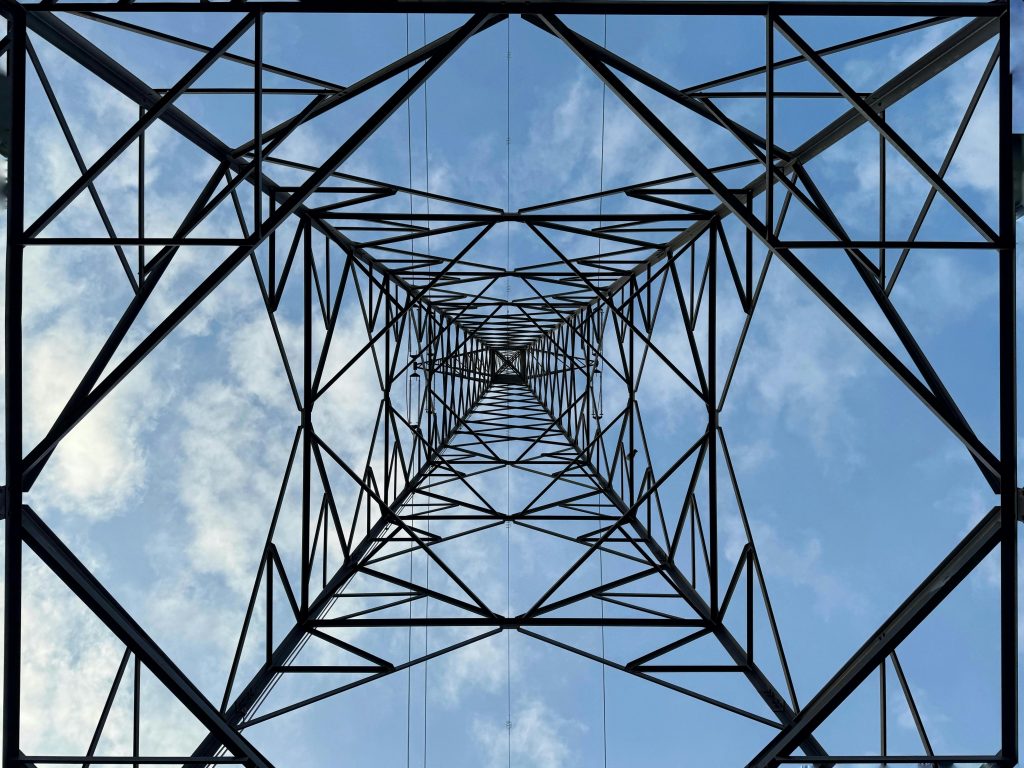Understanding and Resolving Unexpected Storage Growth on Your Windows System Drive
Experiencing abrupt and unexplained storage accumulation on your Windows system drive (commonly the C: drive) can be a frustrating issue, often compromising your computer’s performance and usability. If you’ve noticed your system drive filling up rapidly—sometimes even after transferring files to other drives—it’s essential to understand the potential causes and how to address them effectively.
Common Causes of Rapid Storage Consumption
-
Automatic Windows Updates and Rollbacks
Windows periodically downloads and installs updates, which can temporarily increase disk space usage. In some cases, failed updates or incomplete installations can leave residual files or rollback data that occupy considerable space. -
Temporary Files and Cache Accumulation
Many applications and system processes generate temporary files that may not always be automatically cleaned up, leading to gradual disk space consumption over time. -
System Restore Points and Backup Files
Windows creates system restore points to allow recovery in case of issues. These restore points can accumulate and consume significant storage if not managed regularly. -
Log Files and Diagnostic Data
Windows and third-party applications log diagnostic information, which can grow large if not periodically cleaned or limited. -
Malware or Unauthorized Software
Malicious programs or unauthorized software can generate large files or logs, leading to sudden storage spikes.
Steps to Diagnose and Free Up Storage Space
- Use Built-in Disk Cleanup Tool
Utilize Windows’ Disk Cleanup utility to identify and remove unnecessary files, including temporary files, system cache, and obsolete restore points. - Right-click your C: drive in File Explorer → Properties → Disk Cleanup.
-
Consider clicking on “Clean up system files” for more options.
-
Manage System Restore Points
Limit the number of restore points or delete older ones to free space: - Control Panel → System and Security → System → System Protection.
-
Select your C: drive and click “Configure” to adjust disk space usage or delete restore points.
-
Check for Unnecessary Updates or Rollback Files
Inspect the WindowsUpdate folder and Windows Update history to identify incomplete or stuck updates. Use Windows Update Troubleshooter if needed. -
Analyze Disk Usage
Employ tools such as WinDirStat or TreeSize to visually assess what files or folders are occupying the most space. This can help identify unexpected or hidden large files. -
Scan for Malware
Run a full system scan using reputable antivirus software to rule out malicious activity contributing to storage issues. -
Review Installed Programs and
Share this content:



